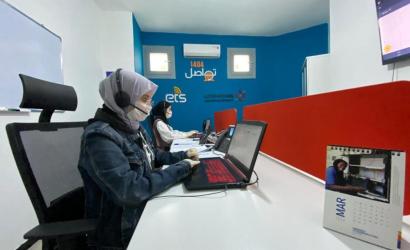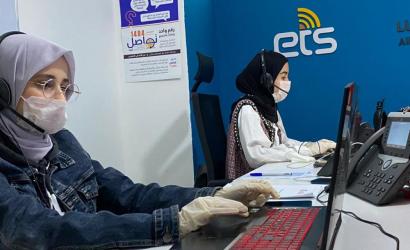Overview
Purpose: The ETC establishes effective two-way communication systems that facilitate dialogue between local communities and assistance providers. Through these communication systems, affected populations can interact with humanitarians in a coordinated manner and ensure their voices are heard by the relevant organisation. Humanitarians in turn gain insight into people’s needs and make better-informed programming decisions and facilitates collective accountability to affected populations while consolidating limited resources that are currently only available to certain humanitarian organizations individually.
Accountability to Affected Populations (AAP) is an essential part of all Humanitarian Response Plans (HRP). A common feedback mechanism is one way to improve collective accountability and to involve those affected by a crisis in the decision-making process.
Customer segment: Humanitarian organisations, National and Local Authorities, Affected Populations.
Description: The Common Feedback Mechanism (CFM) is a service, such as a call centre, that the ETC provides to local communities and humanitarian partners by allowing affected populations to obtain information on humanitarian assistance programmes, submit their feedback and get referrals to the humanitarian organizations that are best-suited to handle their issue(s).

